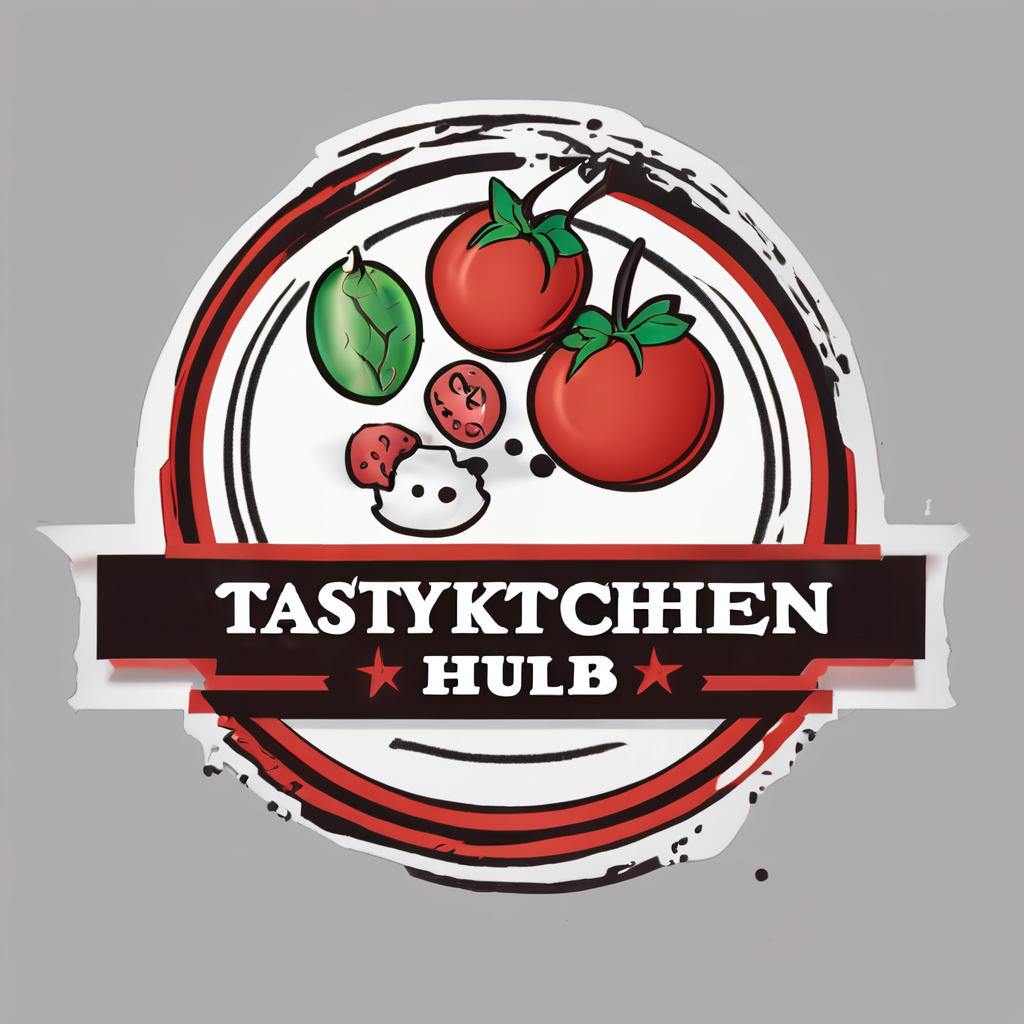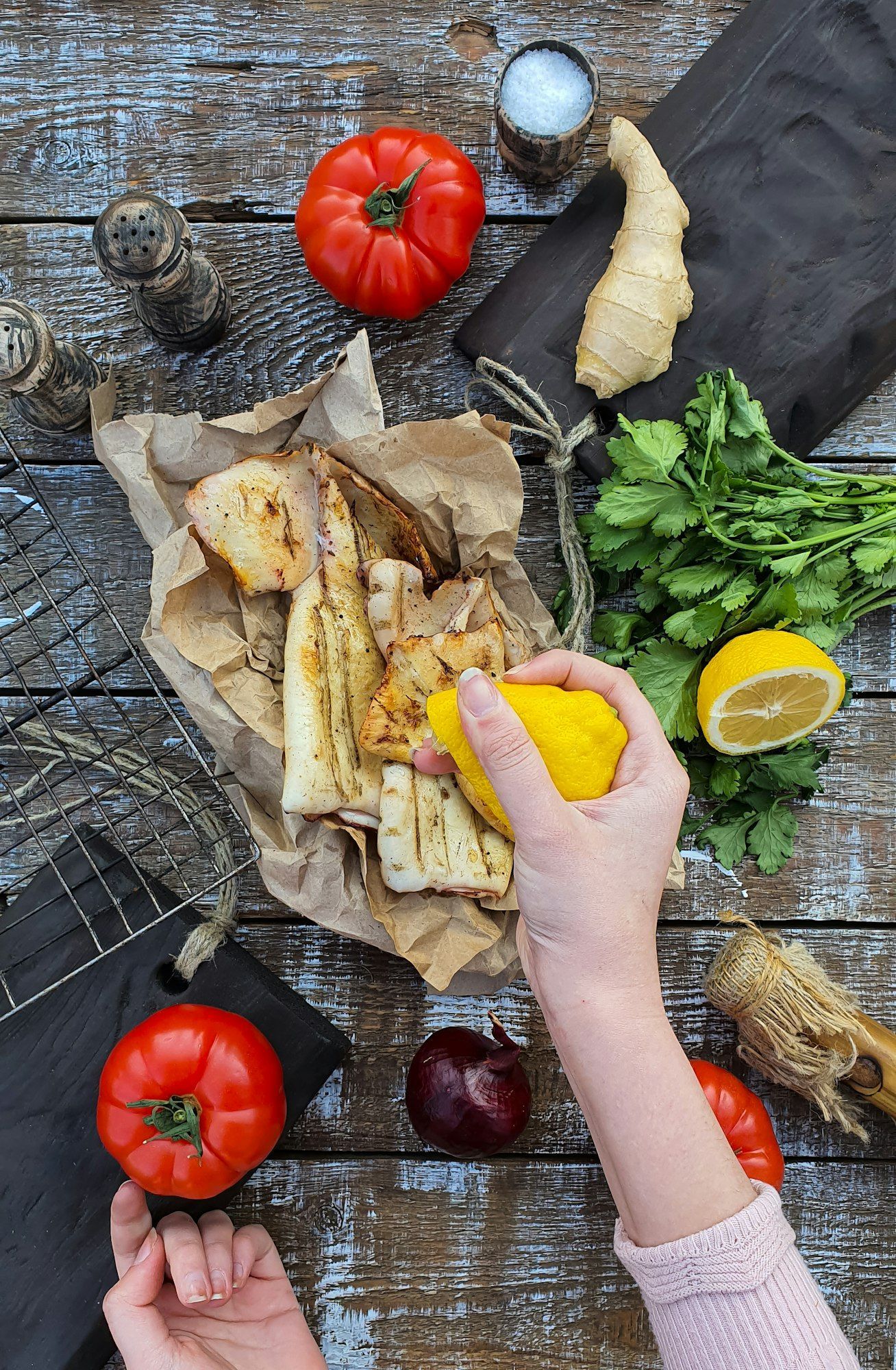Vintage kitchens possess a unique charm, yet their functionality can lag behind modern demands. By integrating smart home technology, you can elevate this aesthetic without compromising its character. Imagine programmable lighting that highlights your retro decor or an intelligent oven that syncs with your schedule. Embrace innovation while celebrating nostalgia—this guide offers practical solutions to seamlessly fuse the old with the new, transforming your kitchen into a space that delights in both style and utility.
Transforming a Vintage Kitchen: Seamlessly Incorporating Smart Home Technology
When it comes to kitchen design, the allure of vintage charm and the convenience of modern technology can seem like opposing forces. However, with the right approach, you can seamlessly blend these elements to create a kitchen that is both nostalgic and cutting-edge. Here’s how you can transform your vintage kitchen into a smart, modern space that combines the best of both worlds.
Also read : Transform Your Kitchen Renovation with Smart, Energy-Efficient Lighting Solutions
Understanding the Basics of Smart Kitchens
Before diving into the transformation process, it's essential to understand what makes a kitchen "smart." A smart kitchen integrates modern technology to make everyday tasks more efficient, convenient, and eco-friendly. This includes devices and appliances connected via Wi-Fi or Bluetooth, allowing control through smartphone apps or voice commands.
Design Considerations for a Smart Vintage Kitchen
Balancing Vintage Style with Modern Technology
When designing a smart vintage kitchen, the key is to strike a balance between old and new. Here are some tips to help you achieve this balance:
Have you seen this : Transform Your Kitchen Renovation with Smart, Energy-Efficient Lighting Solutions
-
Mixing Old with New: Incorporate vintage touches like antique-style fixtures, retro tiles, or repurposed furniture alongside modern appliances and smart devices. For example, you can use a Smeg retro-style stand mixer or toaster to add a classic 50s flair while integrating smart ovens and refrigerators for modern convenience.
-
Cabinet Design: Opt for custom cabinetry that blends seamlessly with your vintage style. You can choose materials and designs that reflect the era of your kitchen while incorporating hidden storage solutions and integrated appliances to maintain a clutter-free environment.
-
Lighting: Smart lighting can significantly enhance the ambiance and functionality of your kitchen. Consider using sensor-driven LED lights or smart bulbs that adjust based on natural daylight levels. These not only save energy but also add a modern touch to your vintage space.
Creating a Functional Layout
A well-planned layout is crucial for a smart kitchen. Here are some considerations:
-
Modular Kitchens: Opting for modular kitchens allows you to upgrade your space as new technology becomes available without a full renovation. This flexibility ensures your kitchen remains modern and functional over time.
-
Designated Areas: Create designated areas for your smart devices, such as a charging station for your gadgets or a specific spot for your voice assistant. This keeps your kitchen organized and ensures that technology fits seamlessly into your existing space.
Key Features to Incorporate
Smart Appliances
Smart appliances are the heart of any modern kitchen. Here are some must-have devices to consider:
-
Smart Refrigerators: These can offer features like temperature control, internal cameras, and notifications when food is about to expire. You can even turn a standard fridge into a smart one with add-on devices.
-
Smart Ovens and Cookers: Smart ovens allow remote control of cooking settings, ensuring your food is cooked to perfection. Features include temperature sensors, app integration, and the ability to preheat and set timers from another room.
-
Smart Coffee Makers: Wi-Fi-enabled coffee makers can be scheduled to brew your coffee at specific times or customized to your taste preferences. These machines make your morning routine more convenient and enjoyable.
Voice Control Integration
Voice control is a game-changer in smart kitchens. Here’s why:
-
Hands-Free Control: With voice assistants like Amazon Alexa or Google Assistant, you can manage tasks like setting timers, adjusting temperatures, or controlling lights without using your hands. This is particularly useful when you’re busy cooking or cleaning.
-
Smart Displays: A smart display on your countertop can provide recipe guidance, convert measurements, and add items to your grocery list, all with voice commands. The Amazon Echo Show 8 is a great example of such a device.
Energy Efficiency and Safety
Energy efficiency and safety are critical aspects of any smart kitchen:
-
Energy-Efficient Devices: Smart plugs, energy-efficient lighting, and appliances that can be scheduled to turn on and off can significantly reduce your energy consumption. These devices monitor and manage your electricity usage, helping you save money and reduce your environmental footprint.
-
Safety Enhancements: Smart smoke and carbon monoxide detectors can send alerts directly to your phone, allowing you to react quickly in case of emergencies. Automatic shut-off features in appliances also reduce the risk of accidents.
Wellness-Centric Design
Incorporating wellness-centric design elements can make your kitchen a healthier and more enjoyable space:
Natural Light and Ventilation
- Skylights and Large Windows: Bringing in more natural light through skylights, large windows, and sliding glass doors can enhance the ambiance and health of your kitchen. Better ventilation systems keep the air fresh and healthy.
Healthy Cooking Appliances
- Air Fryers and Steam Ovens: Appliances like air fryers, steam ovens, and sous vide equipment promote healthier cooking techniques. These devices help you prepare nutritious meals with minimal effort.
Biophilic Design
- Indoor Herb Gardens and Living Walls: Incorporating elements of nature, such as indoor herb gardens, living walls, and houseplants, can make your kitchen feel more harmonious and refreshing. This biophilic design approach brings the outdoors into your kitchen, enhancing both aesthetics and well-being.
Practical Tips for a Seamless Transformation
Here are some practical tips to help you transform your vintage kitchen seamlessly:
Assess Your Space
Before starting the transformation, assess your kitchen space to identify areas where smart technology can be integrated. Consider the layout, existing appliances, and any structural limitations.
Consult Professionals
Working with professionals, such as kitchen renovation companies, can help you navigate the process more smoothly. They can assist in selecting the right smart devices and ensuring they fit into your existing space.
Start Small
You don’t need to overhaul your entire kitchen at once. Start with small upgrades like smart lighting or a smart coffee maker. This approach allows you to test the waters and see what works best for you before making larger investments.
Detailed List of Smart Kitchen Devices
Here is a detailed list of smart kitchen devices you might consider:
-
Smart Refrigerators:
-
Temperature control
-
Internal cameras
-
Notifications for expiring food
-
Integration with smartphone apps
-
Smart Ovens and Cookers:
-
Remote control of cooking settings
-
Temperature sensors
-
App integration for preheating and setting timers
-
Step-by-step cooking instructions
-
Smart Coffee Makers:
-
Wi-Fi connectivity
-
Scheduled brewing times
-
Customizable coffee settings
-
Integration with voice assistants
-
Smart Displays:
-
Recipe guidance
-
Measurement conversions
-
Grocery list management
-
Voice control through Alexa or Google Assistant
- Smart Lighting:
- Sensor-driven LED lights
- Motion-activated lights
- Color-changing smart bulbs
- Integration with smart home systems
Comparative Table of Smart Kitchen Appliances
| Appliance | Features | Brand | Price Range |
|---|---|---|---|
| Smart Refrigerator | Temperature control, internal camera, notifications | Samsung, LG | $2,000 – $4,000 |
| Smart Oven | Remote control, temperature sensors, app integration | Anova, June | $1,000 – $2,500 |
| Smart Coffee Maker | Wi-Fi connectivity, scheduled brewing, customizable settings | Smeg, Breville | $200 – $600 |
| Smart Display | Recipe guidance, measurement conversions, voice control | Amazon, Google | $100 – $300 |
| Smart Lighting | Sensor-driven, motion-activated, color-changing | Philips, LIFX | $20 – $100 |
Quotes and Insights from Experts
-
"The future of kitchen design is all about blending timeless elements with modern technology. By incorporating smart devices and sustainable materials, homeowners can create kitchens that are not only beautiful but also highly functional and eco-friendly." – Paul Alexander, Kitchen Trends Expert.
-
"Smart kitchens are not just about gadgets; they're about creating a space that enhances your daily life. From energy efficiency to safety features, the right smart devices can transform your kitchen into a hub of convenience and innovation." – McColl Cabinetmakers.
Transforming a vintage kitchen into a smart, modern space is a rewarding project that requires careful planning and a keen eye for design. By balancing vintage style with modern technology, focusing on energy efficiency and safety, and incorporating wellness-centric design elements, you can create a kitchen that is both nostalgic and cutting-edge.
Remember, the key to a successful transformation is to start small, consult professionals when needed, and ensure that every new addition enhances the overall functionality and aesthetic of your kitchen. With the right approach, you can build a smart kitchen that reflects the best of both worlds – a space that is not only beautiful but also highly efficient and enjoyable to use.






